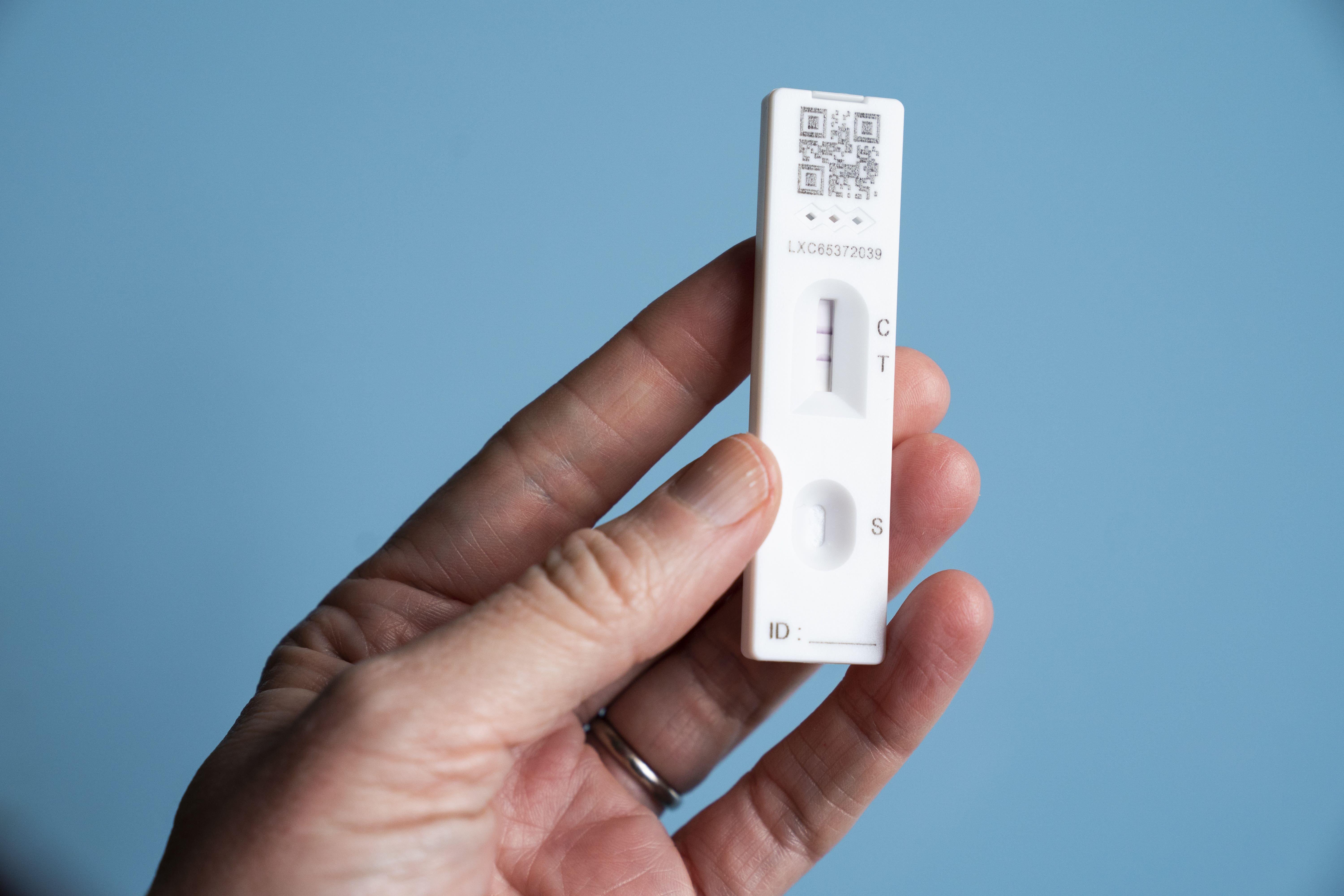Covid-19 infection levels in UK to be monitored this winter
As many as 200,000 members of the public will be invited to take part.

Your support helps us to tell the story
From reproductive rights to climate change to Big Tech, The Independent is on the ground when the story is developing. Whether it's investigating the financials of Elon Musk's pro-Trump PAC or producing our latest documentary, 'The A Word', which shines a light on the American women fighting for reproductive rights, we know how important it is to parse out the facts from the messaging.
At such a critical moment in US history, we need reporters on the ground. Your donation allows us to keep sending journalists to speak to both sides of the story.
The Independent is trusted by Americans across the entire political spectrum. And unlike many other quality news outlets, we choose not to lock Americans out of our reporting and analysis with paywalls. We believe quality journalism should be available to everyone, paid for by those who can afford it.
Your support makes all the difference.Health experts are launching a new study to monitor levels of Covid-19 among the UK population this winter.
The study is a scaled-down version of the Covid infection survey that ran for nearly three years and was considered the “gold standard” for measuring prevalence of the virus.
The infection survey came to an end in March 2023, since when there have been no official estimates of levels of Covid-19 across the country.
The new study will run from November 2023 to March 2024 and will involve as many as 32,000 lateral flow tests being carried out each week.
Up to 200,000 members of the public will be invited to take part – a smaller number than in the original survey, but the results will be broadly representative of the population as a whole.
As well as estimating the prevalence of Covid-19 in the UK, the study will allow scientists to identify any changes in the rate of infected people being admitted to hospital and assess the potential for increased demand on the NHS.
The study is being co-ordinated by the Office for National Statistics (ONS) and the UK Health Security Agency (UKHSA), which oversaw the original survey together with Oxford University.
Professor Steven Riley, UKHSA director-general of data, analytics and surveillance, said: “The data we collected alongside the ONS during the pandemic provided us with a huge amount of valuable insight, so I am delighted that we are able to work together again to keep policymakers and the wider public informed in the coming months.
“UKHSA continues to lead the way internationally on Covid-19 surveillance and by re-introducing a study of positivity in the community, we can better detect changes in the behaviour of the virus.”
The number of people in hospital who have tested positive for Covid-19 has risen since July, but appears to have stabilised in the last two weeks and remains well below levels reached last winter.
The latest Covid-19 booster vaccine is currently being rolled out across the UK, with millions of people due to be offered the jab, including everyone aged 65 and over.
The rollout was brought forward as a precaution against the latest Omicron subvariant of Covid-19, BA.2.86, although experts say there is currently no evidence the new strain is more likely to make people seriously ill than other variants in circulation, while vaccination is likely to provide ongoing protection.
ONS deputy national statistician Emma Rourke said “robust data” is needed to help understand the virus and its effects during winter, adding: “The ONS is committed to building on the experience of standing up the gold standard infection survey.
“As well as working to provide UKHSA with regular rates of positivity, we will also be looking at analysis of symptoms, risk factors and the impact of respiratory infections, including long Covid, as part of this important surveillance.”